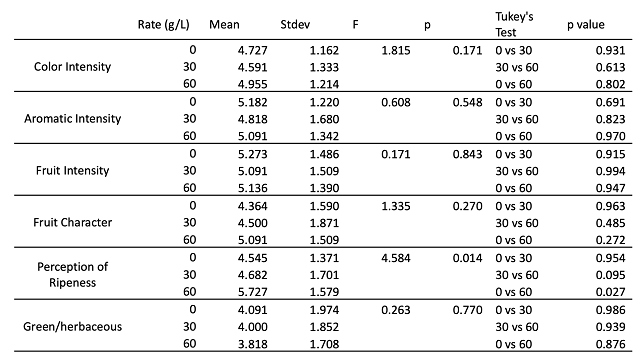Effect of Enhanced Alcohol through Chaptalization in Virginia Cabernet Sauvignon (2020)
Matthieu Finot
King Family Vineyards
Summary
Alcohol concentration in red wines affects microbial stability, palate weight, perception of aromatics, and phenolic extraction. In Virginia, a combination of warm, humid summers and prevalent rainfall during the growing season sometimes leads to lack of sugar accumulation leading to chaptalization. However, the degree of chaptalization is not always clear. A previous study using Virginia Cabernet Sauvignon found that chaptalization of Merlot with up to 50 g/L of sugar led to higher scores for aromatic intensity, fruit intensity, fruit character, and overall ripeness. In this study, three levels of chaptalization were tested: 0, 30 g/L, and 60 g/L. Resulting wines had 10.3%, 11.8%, and 13% alcohol, respectively. Increases in alcohol led to higher levels of tannin but lower levels of anthocyanins. The wine with the highest rate of chaptalization had significantly higher perception of ripeness than the unchaptalized wine.
Introduction
Virginia is an excellent natural grape-growing area in many ways, with winters warm enough to avoid freezing the vines but cool enough to avoid large outbreaks of Pierce’s disease, and a growing season long enough to ripen grapes while still retaining adequate acidity1. However, a combination of warm, humid summers and prevalent rainfall during the growing season sometimes leads to lack of sugar accumulation and the need to pick grapes early. Chaptalization is often employed to increase alcohol levels in the finished wine, however, chaptalization targets are not always clear. How much can a must be chaptalized without becoming unbalanced? Anecdotally, several winemakers have been trained that the limit for chaptalization is two degrees of alcohol while others have been trained 1.5 degrees is the limit (perhaps reflecting their region of training). In a WRE experiment conducted by Matthieu Finot of King Family Vineyards in in 2019, chaptalization of Merlot with up to 50 g/L of sugar led to higher scores for aromatic intensity, fruit intensity, fruit character, and overall ripeness Cabernet Sauvignon is a late ripening variety with a long vegetative cycle3. It is often harvested before peak ripeness due to onset of cool days, susceptibility to late season bunch rot, or upcoming rains3. The 2019 vintage was characterized as “one of the easier” vintages on record in Virginia with warm, relatively dry growing conditions1. By contrast, the 2020 growing season was marked by cooler than average temperatures with low heat accumulation as well as periodic rain, leading the low sugar accumulation in Cabernet Sauvignon. The purpose of this experiment was to determine if chaptalization would increase chemical and sensory measures of ripeness in this variety in a cool, wetter vintage, and to test the limit of the impact of chaptalization on ripe character before the wine becomes unbalanced.
Methods
At the time of harvest, fruit was divided evenly and randomly between three chaptalization regimes (1) no chaptalization (2) chaptalization to a target of 1.5% increase in alcohol (30 g/L sugar addition) (3) chaptalization to a target of 3% increase in alcohol (60 g/L sugar addition).
Fruit was hand harvested and chilled overnight before destemming into TBins with the addition of 40 g/hL Tanin VR Supra and 5 g/hL SO2. The following day, must was inoculated with 15 g/hL Fermol Premier Cru yeast (AEB) with the addition of Lafase HE grand cru (4 g/hL). Prior to must inoculation, chaptalization was done to two treatment bins, one at 30 g/L sugar addition and the other at 60 g/L sugar addition. A third bin was left unchaptalized as a control. Each treatment bin was punched down twice per day during active fermentation. Brix and temperature were monitored daily. Wine was pressed 9 days later, at the completion of alcoholic fermentation. Wine was settled overnight then racked to matching barrels for malolactic fermentation. Tartaric acid (2 g/L) was added after barrel down. The progress of malolactic fermentation was checked every week with paper chromatography and completion confirmed with enzymatic analysis. At the completion of malolactic fermentation, 1 g/L tartaric acid, 66 mg/L SO2 and 3.3 g/hL chitosan (Stab Micro) were added to each barrel with no racking.
Sensory analysis was completed by a panel of 26 wine producers. Due to restrictions put in place during COVID-19, sensory analysis was completed using shipped samples. Each wine producer received three wines in identical bottles, filled on the same day, each coded with random numbers. Two of the bottles contained the same wine while the third bottle contained the different wine. Participants were asked to identify which wine was different (a triangle test). There were four tasting groups with the unique wine in the triangle test balanced among the groups. Participants were then asked to score each wine on a scale of 0 to 10 for color intensity, aromatic intensity, fruit intensity, fruit character (bright/red to dark/black), perception of ripeness, and green/herbaceous character. They were also given open ended questions to describe the wines. Descriptive scores were analyzed using repeated measures ANOVA.
Results
At harvest, fruit was separated into three TBins for treatment. Fruit chemisty was very similar for each TBin (Table 1). Chaptalization with 30 g/L sugar increased the alcohol of the resulting wine by 1.4% while chaptalization with 60 g/L increased the alcohol by 2.6% (Table 2). There were no other notable differences in basic chemistry among the wines. Color intensity was not consistently different among the treatments (Figure 1). Though the pH of each barrel was very similar (Table 2), free SO2 values varied from 9-20 ppm, which may have obscured any differences (Table 3). Tannin levels in the finished wines increased with increasing levels of chaptalization while anthocyanin levels decreased (Figure 2, Table 4). It is expected that alcohol will aid in extraction of tannins while the prevalence of anthocyanins is affected by many factors. Compared to norms, anthocyanins are in a “normal” range (150-200 mg/L) while tannins are lower than those found in the literature for Bordeaux red varieties (which average 750 mg/L). There were very few differences in scores for sensory characteristics of these wines (Table 5). The only significant difference was an increase in perception of ripeness between the unchaptalized and highly chaptalized treatments (Figure 3). Perception of ripeness in the moderately chaptalized treatment was intermediate between the low and high values.
References
(1) SMS Research Advisors. 2019 Virginia Commercial Grape Report. 2020.
(2) SMS Research Advisors. 2020 Virginia Commercial Grape Report. 2021.
(3) Wolf, T. K. Wine Grape Production Guide for Eastern North America; Plant and Life Sciences Publishing: Ithaca, New York, 2008.
Table 1: Fruit chemistry for Cabernet Sauvignon prior to chaptalization (in-house data)

Table 2: General chemistry for three treatments of Cabernet Sauvignon (ICV labs, March 2021)
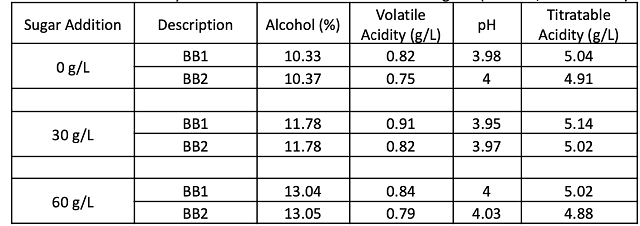
Figure 1: Color intensity for three treatments of Cabernet Sauvignon (ICV labs, March 2021)
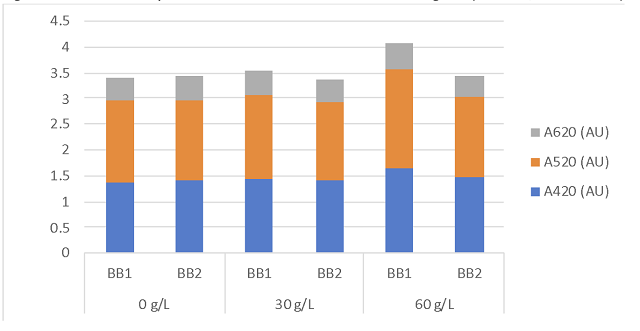
Table 3: Sulfur dioxide chemistry (ppm) for three treatments of Cabernet Sauvignon (ICV labs, March 2021)
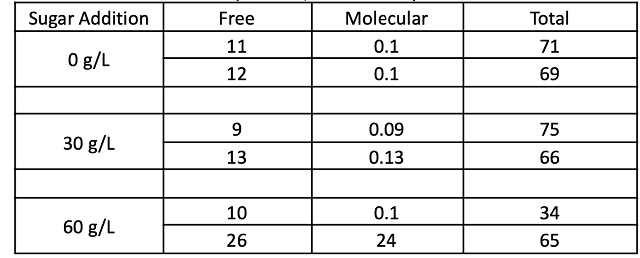
Table 4: Phenolic measurements (mg/L) for three treatments of Cabernet Sauvignon (ETS labs March 2021)

Figure 2: Total tannin (a) and anthocyanins (b) for three treatments of Cabernet Sauvignon (ETS labs April 2021)
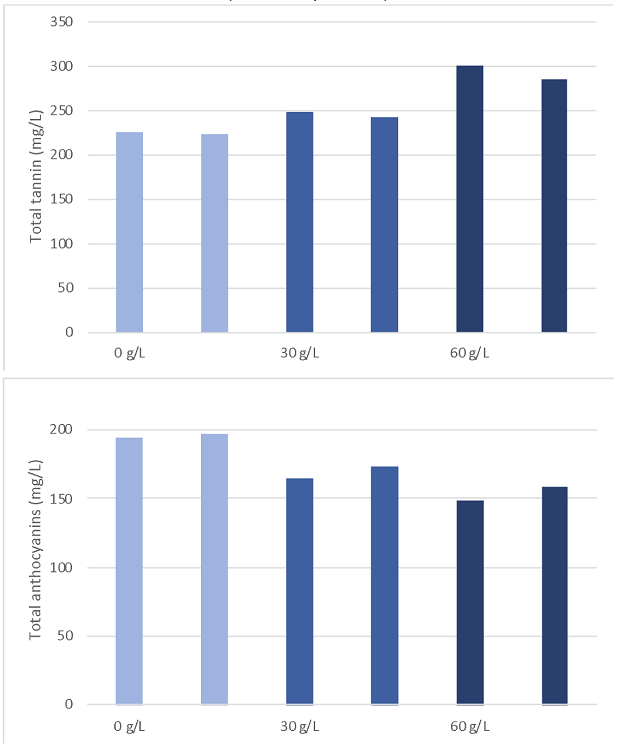
Figure 3: Average sensory scores for perception of ripeness in Cabernet Sauvignon
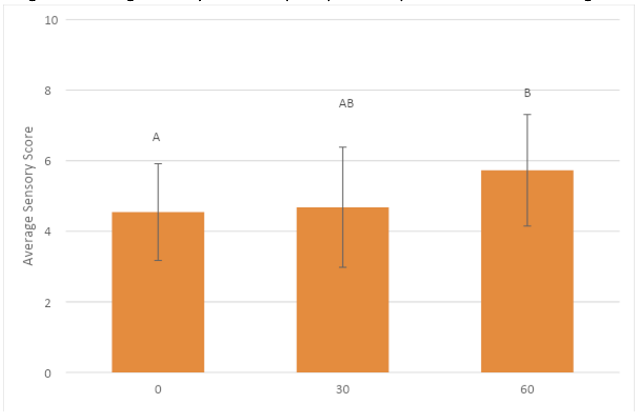
Table 5: Sensory statistics for several chaptalization treatments of Cabernet Sauvignon (repeated measures ANOVA, Tukey’s test)
